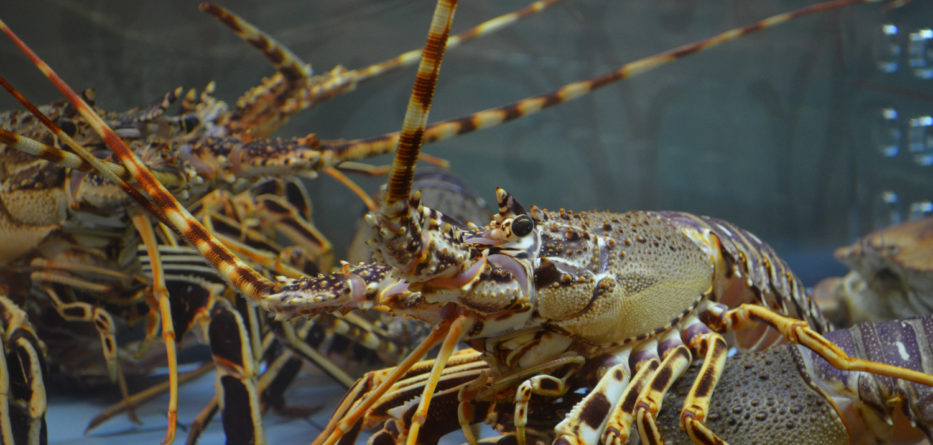Seabrook, NH – The lobstermen of northern New England have been hauling in record numbers of the crustacean in recent years, something they attribute to the different “cycles” of the sea, but scientists have a different theory — climate change.
The cold winter is afoot in New Hampshire and maritime conditions are poor.
It is a time of year when the local lobster fishermen spend much of their time onshore, waiting for the boom of summer.
According to official data, fishermen in New Hampshire caught 2,750 tons of American lobster in 2017 compared to 855 tons in 2000. Similar trends were seen in Maine, the hub of lobster fishing, where lobster catch almost doubled in the same period to 50,000 tons.
South of Cape Cod, Massachusetts, however, the industry is witnessing a rapid decline. In the same period in Rhode Island, the catch tumbled from 3,450 tons to 1,015. In New York, it went from 1,400 tons to just 75.
For scientists, the explanation is simple.
The waters off New England have warmed three times more than the rest of the planet, which has caused a migration of species in the region with lobster becoming more abundant but shrimp and cod becoming ever more scarce.
Andrew Pershing, the chief scientific officer and climate change ecologist at the Gulf of Maine Research Institute, said: “Since the year 2000, warming has caused the productivity south of Cape Cod to decline and the productivity in the Gulf of Maine to surge.”
Like any animal, lobsters have a preferred temperature range and if the water gets too cold, their reproduction rate shrinks.
As the waters in the Gulf of Maine continue to warm, lobster populations will steadily migrate north toward Canada.
“We found that the warming we expect over the next 30 years will cause the lobster population in Maine to decline, but not precipitously.
“Essentially, the population will return to levels similar to those in the early 2000s.”
The scientist said freshwater melt in the Arctic was starting to disrupt the circulation of the North Atlantic, bringing warm water to the region and reducing the supply of cold water.
Jerry Worcester has been fishing these waters for decades.
He has noticed his catch getting bigger but doesn’t believe climate change is a factor.
“I don’t think so much climate change. I think there are cycles, it goes four to five great years where fishing is really good and then you get a bad year,” he told EFE.
For him, this explained why 2019 is set to see a 40 percent drop in lobsters.
Worcester said fish species such as cod that are theoretically in decline and now protected in the region are still there in abundance.
“We see them even closer to shore than we’ve ever seen them before, literally you see them less than a mile off the beach, and I don’t know how to explain that. You see more of everything, you see more seals, white sharks. Again, I believe it goes in cycles.”
Attracted by the lobster bonanza, Dominican Juan Peralta decided to buy a boat two years ago despite having no experience in the job.
Now it has become a way of life.
He brings in between 200 and 250 pounds (90-115 kilograms) of lobster each outing. A pound of the crustacean goes for about $5.
Bigger ships can pull in around 1,000 pounds in one day.
“I have spoken with the oldest fishermen here; they tell me the fishing is better than before.”






